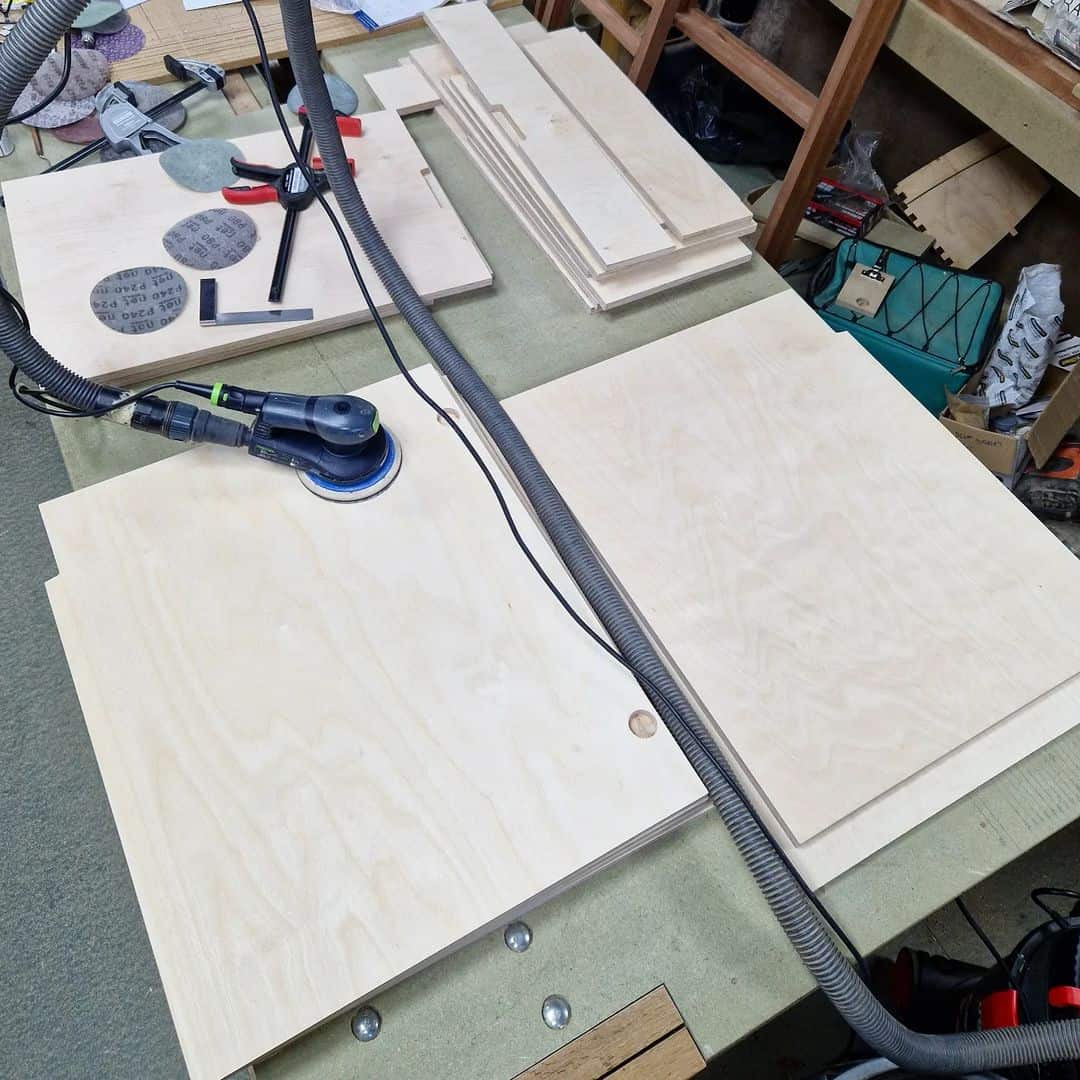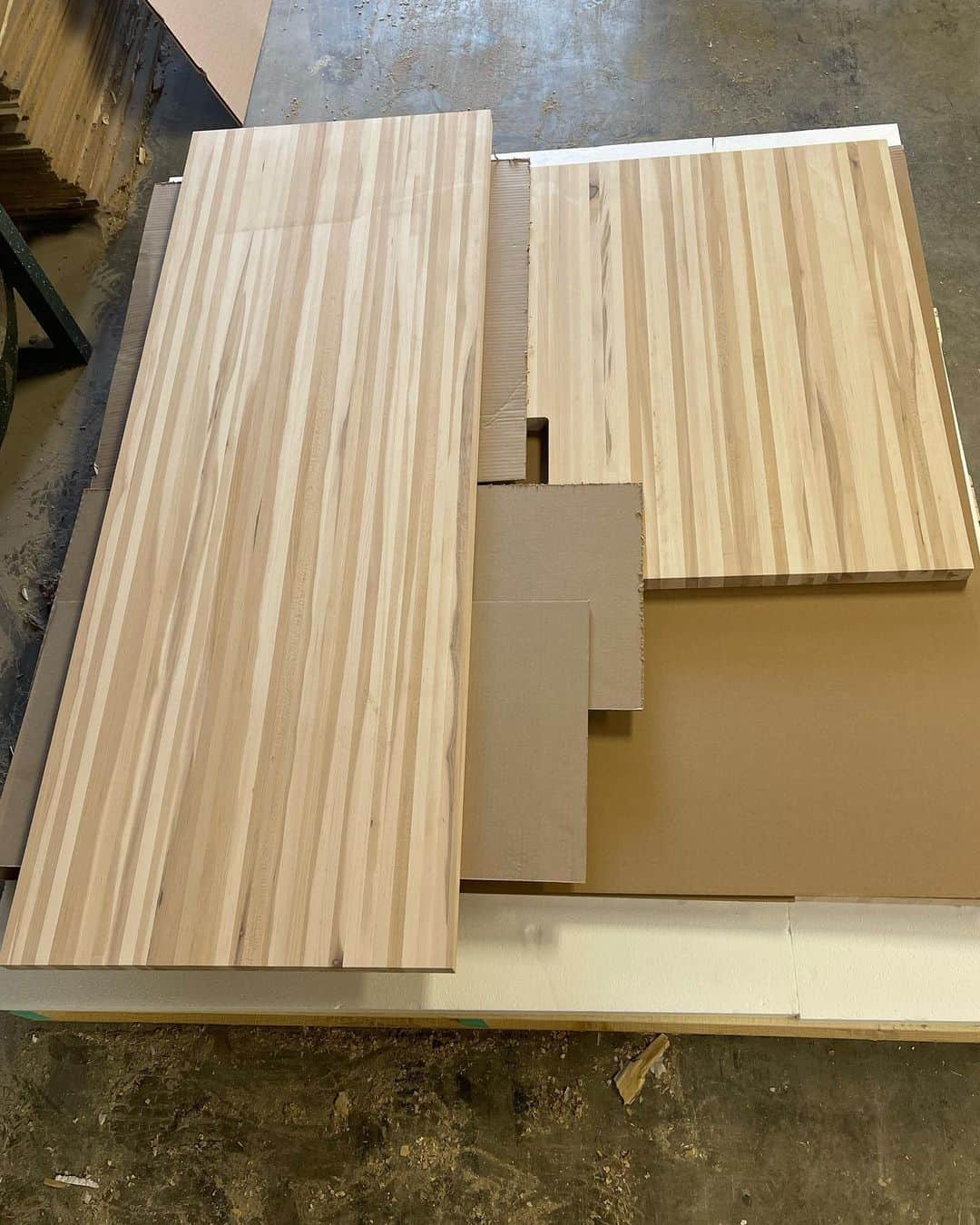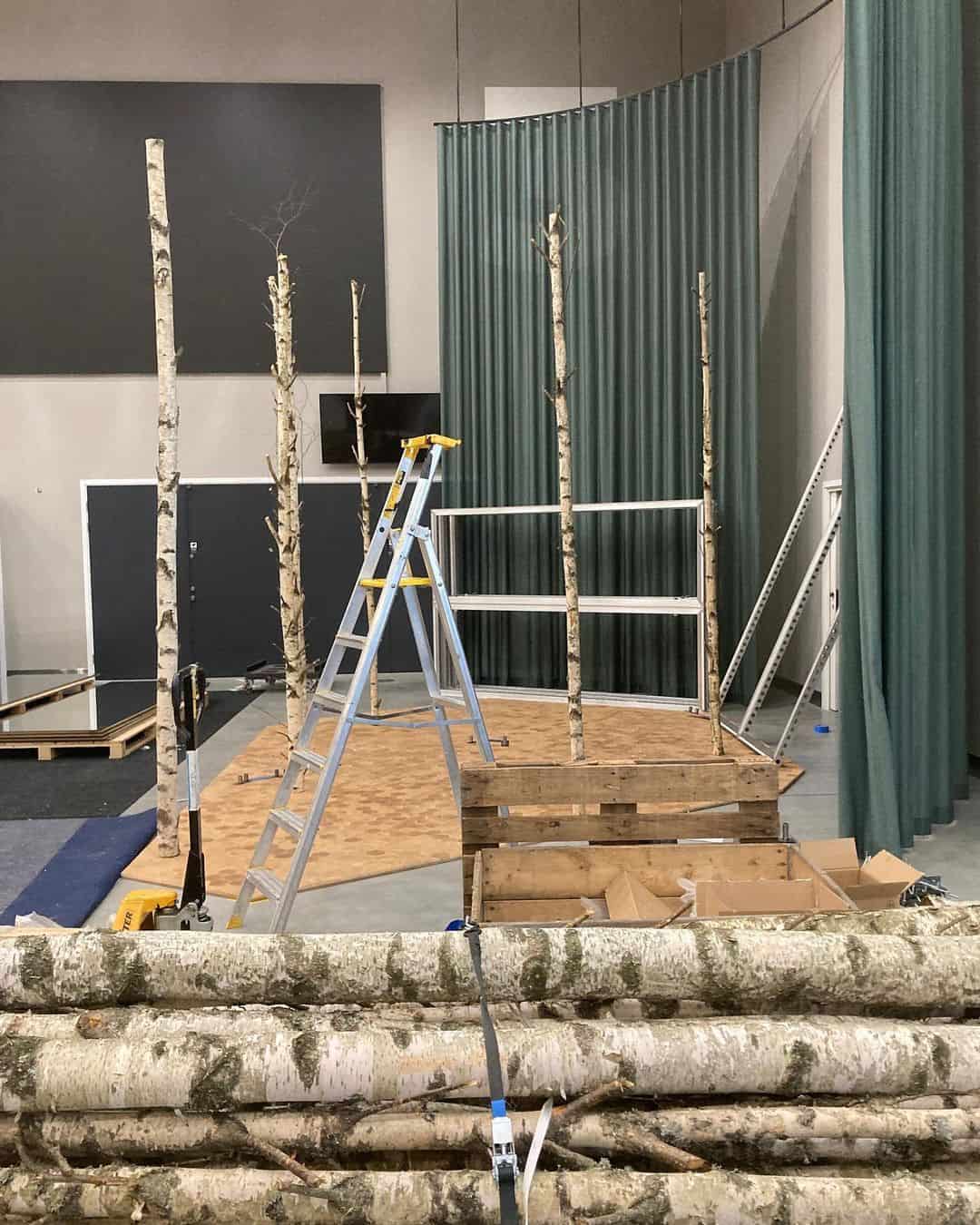Birchwood is a hardwood and is generally harder than most other woods, such as pine and fir. Birch tree wood from North America has been used for centuries to make furniture and cabinetry due to its strength, durability, and attractive grain pattern.
It is also popular for flooring and paneling in residential and commercial settings. This hardwood is also often used to make curved furniture parts, as its supple grain allows it to bend into shape easily.
Birch lumber takes stains and finishes very well, giving it a unique look that can enhance any décor. Additionally, American birch is less likely than other hardwoods to split or warp even when exposed to moisture and temperature changes.
Ultimately, birchwood’s durability and attractive grain make it an excellent choice for diverse projects.
Table of Contents
Birchwood – A Durable Hardwood Option
Birch is a type of hardwood revered for its strength and longevity. Its unique tight-grained structure gives it the power to stand up against all sorts of wear and tear–from harsh climates to everyday use.
Its distinctive grain is composed of small, closely packed cells, making it even more resistant to splitting, warping, and cracking than other hardwoods. The sturdy composition makes it the perfect material for crafting large, unbroken sheets of costly-yet-affordable birch veneer. These broad pieces can then be used in production to form superior plywood designs.
In addition to its varied applications from flooring and furniture-making to boat-building, birch has been used in waxes, oils, and perfumes for centuries due to its woody nature scent.
With all these helpful qualities tucked away in this tree’s trunk, it’s no wonder birch continues to be a widely sought-after wood for various uses.
Characteristics of Birchwood
When it comes to hardwood, Birch is often overlooked in favor of more popular options such as white oak or Mahogany. However, Birch is a highly versatile wood with many advantages over other types of softwood.
1. Strength and Durability
Birch has long been praised for its strength and durability. The hardness of Birch from the Janka rating is around 1260, which puts it on par with Red Oak (1290) and slightly softer than Maple wood (1450).
Walnut has a rating of 1010. Birch is also known for resisting warping, shrinking, and scratching, making it an ideal choice for furniture.
2. Appearance
Birch has a light-colored grain uniform texture with a unique appeal, making it perfect for furniture and flooring. The wavy pattern of birch wood is known as curly birch. Birch can also boast a distinctive flame-like appearance, adding further visual appeal to this resilient material.
Birch plywood can be stained easily with various colors to create a distinct look, and its relatively low cost makes it an affordable option.
3. Workability
Boasting exceptional shock resistance and crushing solid strength, Birch is an incredibly durable hardwood that has a weighty yet sturdy feel. Birch is easily worked with hand and power tools, making it great for projects such as cabinets and furniture. It also retains a low-to-medium shrinkage rate – ideal for gluing and finishing.
4. Cost
Birch is relatively inexpensive compared to other hardwoods, making it a beneficial option for woodworking projects. Birch is also easy to find in lumber yards, and it’s a convenient choice when you need wood quickly.
With its beautiful grain patterns, durability, and availability in many regional species, birch is a unique hardwood with something to offer to everyone.
These qualities make it a top pick for many modern yet classic interiors with longevity that must endure through multiple generations.
Types of Birch Trees

Birch trees are known for their beautiful appearance and are often used as a decorative landscape feature. Below are just a few Birch trees that can be found worldwide.
1. Paper Birch
This species of Birch is also known as Canoe Birch, White Birch, or Birch Paperbark. It can be found in northern parts of the United States and Canada. The bark of this tree is white, with dark brown spots and grooves that extend to its base. The leaves are pointed, with dark and light green on the bottom.
2. Yellow Birch
This Birch type is also known as Silver Birch, Northern Birch, or Gray Birch. It can be found in the United States along the Appalachian Mountains. The bark of this Birch is yellow with dark brown splotches and grooves, while the leaves are oval-shaped and pointed, with a silver hue.
3. Black Birch
This species of birch tree is also known as Sweet Birch or Cherry Birch. It can be found throughout Canada and the United States. The bark of this Birch is black and smooth, while the leaves have a glossy texture.
4. River Birch
This Birch species is called Red Birch, Water Birch, or Gray Birch. It can be found throughout the United States, from New Jersey to Florida. The bark of this Birch is smooth and has reddish-brown heartwood.
Applications of Birch Wood

There are several types of birch hardwood used for various applications. For example, Red Birch is often used for interior furniture due to its good stability in internal conditions. Yellow Birch is also commonly used to make veneer panels or strips for vehicle or cabinet bodies due to its high strength-to-weight ratio.
White Birch is ideal for handles and components where strength, resistance to shock loading, and smooth finish are requirements. Each variation offers something different regarding strength and appearance, making birch an incredibly versatile option.
1. Birchwood flooring vs. Other Hardwood flooring
Birchwood and other hardwood floorings like Oak are popular choices, but there are some critical differences between the two materials. Birchwood is a light color with a distinctive grain pattern, while hardwood trees such as oak and maple have more neutral colors. Birchwood can be easily stained to create a unique look.
Birchwood is also less likely to have dents or scratches than other types of wood. It is prone to fading over time, so it is essential to ensure that your Birchwood flooring is appropriately sealed and maintained.
When it comes to installation, Birchwood flooring can be installed in much the same way as other hardwoods. Birchwood planks can be nailed down or glued directly to the subfloor. Birchwood is also easier to work with than other hardwood types, making installation faster and easier.
2. Birchwood Furniture vs. Other Hardwood Furniture
Birchwood and other hardwood furniture are both popular options, but some distinct differences exist. Birchwood is a light-colored, almost white sapwood with a distinctive grain pattern, while hardwoods have more neutral colors and textures.
In terms of durability, Birchwood is known for its strength and resistance to warping or shrinking. Its furniture is also relatively easy to care for, with occasional dusting and polishing enough to keep it looking its best.
Regarding styling, Birchwood furniture can be easily stained or painted to create a unique look. Birchwood’s light grain means that stains and paints will not have to be applied as heavily as they would with hardwoods – perfect for those who want to create a truly custom piece of furniture.
Many homeowners prefer birch over other types of hardwood, as they know it can withstand the test of time while still providing a great look and feel to their homes. Birch works for various projects as it is well-known for its unique ripples, grain patterns, and stunning yellow tones.
Whether you want to create bespoke furniture or refinish your floors, this hardwood will not disappoint you! It may cost more than other types of hardwood, but its longevity makes every penny count. Plus, with proper care and maintenance, birch can last a lifetime!
Safety Tips While Working with Birchwood

When working with Birchwood, it is essential to be aware of potential safety risks. Birchwood can cause skin irritation if not handled properly, and due to its delicate grain pattern, Birch dust can quickly become airborne when working with power tools such as saws or sanders.
Here are some tips for staying safe while working with Birchwood:
- Wear protective gear such as goggles, gloves, and a dust mask when working with Birchwood. This will help protect your eyes, skin, and lungs from any Birch dust that may become airborne during the project.
- Sand Birch with a vacuum attachment to reduce the risk of inhaling Birch dust.
- Make sure to use sharp tools when working with Birchwood. Birch has a delicate grain pattern that can be easily damaged if dull tools are used.
- Birch dust can irritate, so use a vacuum or air filtration system when working with Birchwood. This will keep any Birch dust from becoming airborne and causing irritation.
- Always check the Birchwood for nails or screws before beginning your project. Birch is often used in construction, so it is crucial to ensure no hidden nails or screws before cutting into the wood.
- Birch can be stained easily, so use a pre-stain conditioner if you plan on staining your Birch project. This will ensure that the stain takes evenly and you get the desired results.
Final Thoughts
Birch hardwood is an excellent choice for woodworking projects or furniture due to its strength, sturdiness, durability, and stunning grain pattern. Birchwood also offers cost savings compared to other hardwood types and can be easily stained or painted.
However, it is important to follow safety tips while working with Birchwood to prevent skin irritation, inhalation of Birch dust, and damage to the delicate grain pattern.
With proper preparation and care, Birchwood can give you a stunning result that will last for years.